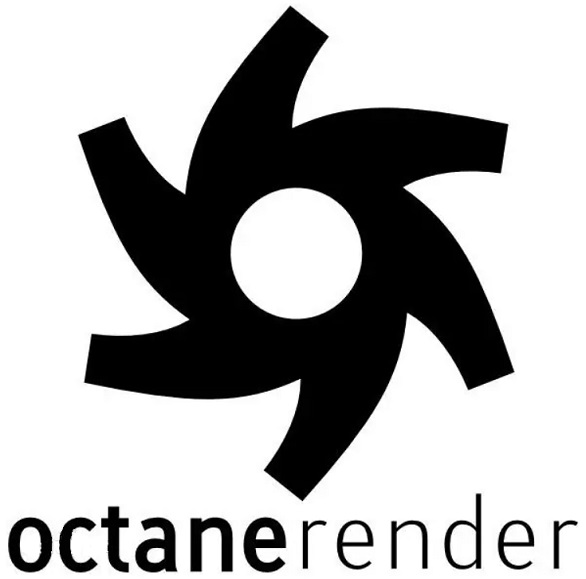Xmanager is an efficient remote desktop management software widely used to access and manage the graphical interface of Linux systems on Windows systems. It is an ideal tool for network administrators and IT professionals for cross platform operations and remote troubleshooting. However, users may encounter some common issues when using Xmanager, such as remote desktop images not displaying or black screens appearing.
1гҖҒ How does Xmanager display images of remote Linux programs
To successfully display images of remote Linux programs in Xmanager, follow these steps:
1. Configure Xmanager: First, start Xmanager and create a new session. In session configuration, enter the IP address of the Linux server and select the appropriate session type, such as "Xstart" or "Xbrowser".

2. Configure Linux server: Ensure that the X Window System is installed and started on the Linux server. For certain Linux distributions, additional software packages or services may need to be installed.

3. Start session: Start the configured session in Xmanager. If everything is set up correctly, you should be able to see the graphical interface on the Linux server.
4. Adjust settings to optimize display: In Xmanager, you can adjust session settings such as window size, display resolution, etc. to achieve the best image display effect.

2гҖҒ Xmanager remote desktop black screen
When encountering the problem of Xmanager remote desktop black screen, you can try the following solutions:
1. Check network connection: First, ensure that the network connection between the Windows machine and the Linux server is stable. Network issues may cause remote desktop sessions to be interrupted or unable to establish.
2. Server configuration check: Confirm that the X Window System on the Linux server is correctly installed and running. For remote desktop services such as VNC or XRDP, make sure they are properly configured and started.
3. Xmanager setting adjustment: In Xmanager session configuration, check for incorrect settings such as incorrect IP addresses, session types, or display settings.
4. Firewall and security software: Check if there is a local firewall or security software blocking Xmanager's connection.
3гҖҒ Xmanager remote desktop does not come out
If Xmanager's remote desktop cannot be displayed, the following strategies may help solve the problem:
1. Restart session: Try closing the Xmanager session and restarting it. Sometimes, reinitializing the connection can solve display issues.
2. Update software: Ensure that the relevant software on Xmanager and remote Linux systems are the latest versions. Software updates can fix known vulnerabilities and compatibility issues.
3. Server log check: Check the relevant log files on the Linux server, such as X Window System logs, to find possible error messages or warnings.
4. Adjust Linux display settings: On the Linux server, check the settings of the display manager and window manager. Ensure that they have configured the appropriate environment for remote sessions.
Xmanager is an effective tool for connecting and managing remote Linux desktops, but there may be some challenges encountered during use, such as image display issues, black screens, or connection failures. Through the above methods, users can effectively solve these problems and ensure smooth remote desktop sessions. Mastering the correct usage of Xmanager is crucial for remote management, server maintenance, and cross platform work. With the popularity of cloud computing and remote work, these skills have become particularly valuable, enabling IT professionals to handle various network and server related tasks more efficiently and flexibly.









